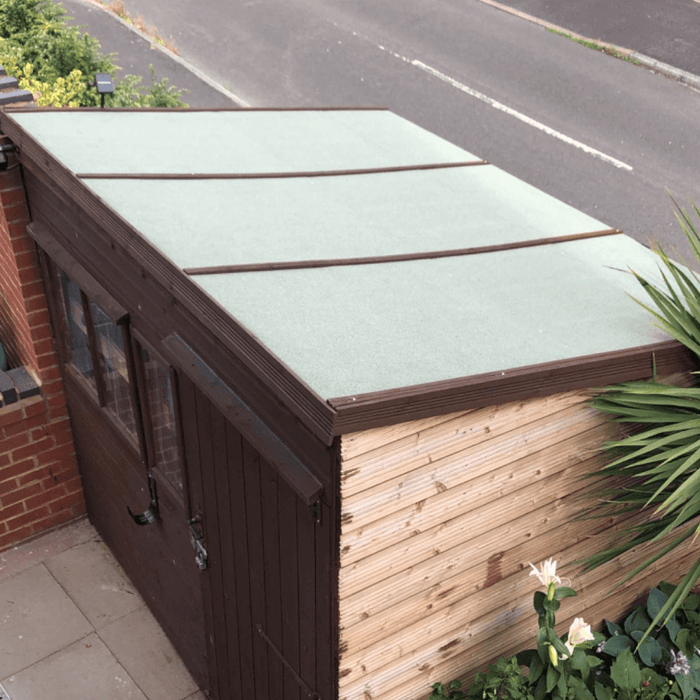A well-ventilated loft is essential for maintaining the overall health and longevity of your home. While it may seem like an inconspicuous part of your house, neglecting proper loft ventilation can lead to various issues, including condensation problems. In this blog post, we will explore the importance of loft ventilation and how it can help prevent condensation issues in your attic. We will also discuss loft vents and introduce you to felt lap vents and roofing felt lap vents.
Why Do I Get Condensation in My Loft?
Condensation in your loft can be a common issue, especially during the winter months. It occurs when warm, moist air from your living spaces rises and meets the cold surfaces of your loft. This temperature difference causes the air to release moisture, which then collects on the cooler surfaces, such as the roof, walls, and even the insulation. The result is condensation, which can lead to various problems, including:
Mould and Mildew Growth: Excess moisture provides an ideal environment for mould and mildew to thrive. This not only affects your home's air quality but can also lead to health problems for the occupants.
Structural Damage: Prolonged exposure to moisture can weaken the structural integrity of your loft, causing damage to the wooden framework and insulation.
Decreased Insulation Effectiveness: Condensation can reduce the insulation's efficiency, making your home less energy-efficient and increasing your heating bills.
Stained Ceilings: Water droplets from condensation can seep through the ceiling, leaving unsightly stains and damage to your interior.
How to Stop Condensation in My Loft?
The key to preventing condensation in your loft is proper ventilation. Adequate ventilation allows for the exchange of air, reducing the humidity levels and preventing moisture build-up. Here are some steps you can take to address condensation in your loft:
Install Loft Vents: Loft vents, such as felt lap vents or roofing felt lap vents, provide a passage for air to flow in and out of your loft. These vents are designed to ensure proper airflow and prevent the build-up of moisture.
Seal Gaps and Cracks: Inspect your loft for any gaps, cracks, or leaks that may allow warm, moist air to enter. Seal these openings to reduce the infiltration of warm air.
Increase Insulation: Proper insulation can help maintain a consistent temperature in your loft, reducing the likelihood of condensation. Ensure your insulation is in good condition and meets current standards.
What Are Loft Vents?
Loft vents are an essential component of a well-ventilated loft. They come in various types, including felt lap vents and roofing felt lap vents. These vents allow for the free movement of air in and out of your loft space, ensuring a balanced environment. Here's a brief overview of these vents:
Felt Lap Vents: Felt lap vents are specifically designed for roofs. They are easy to install and help maintain proper airflow in your loft, preventing condensation issues.
In summary, maintaining proper ventilation in your loft is crucial for preventing condensation issues, especially during the winter months. The installation of loft vents, such as felt lap vents and roofing felt lap vents, can significantly contribute to a healthy and well-ventilated loft. By taking these steps, you can protect your home from structural damage, mould, and high energy bills while ensuring the comfort and safety of your living space. Don't underestimate the importance of loft ventilation, as it can make a significant difference in the overall well-being of your home.

For more information about felt lap vents and an installation guide, please visit: Felt Lap Vent Landing Page — Ashbrook Roofing Supplies LTD











